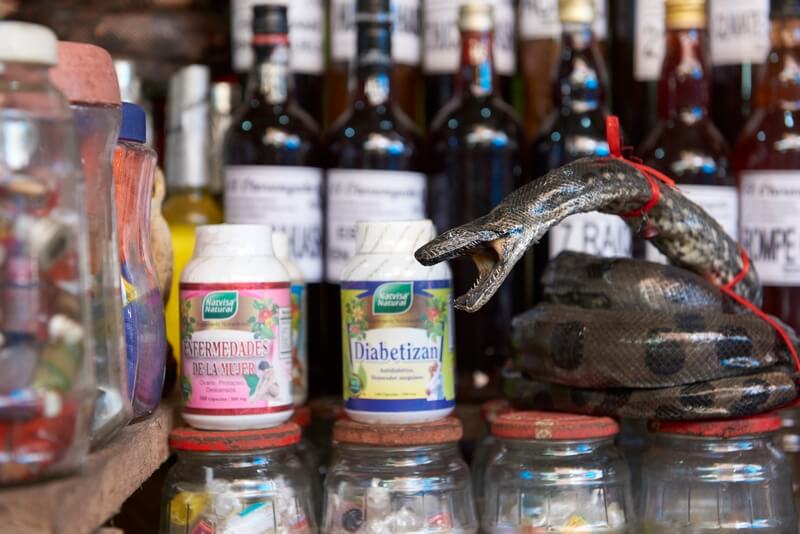
Traditional Asian Medicine
Wildlife Not medicine
We aim to end the cruel exploitation and commodification of wild animals used in Traditional Asian Medicine
The use of wildlife as traditional medicine is a phenomenon that occurs across the world and has been of cultural importance for many people and societies for millennia. These practices remain widespread and varied, involving a wide array of species across all taxonomic groups.
Primarily Traditional Asian Medicine uses plants and minerals to heal and cure illness, however a small number of preparations contain wild animal parts. This is causing untold animal suffering and cruelty, while threatening the survival of multiple species.
We are working to transform the Traditional Asian Medicine industry, so the use of wild animals in medicinal and health products is no longer socially acceptable and is replaced with herbal (or other humane) alternatives.
World Animal Protection are working to change the system that allows exploitation of wildlife for traditional medicine by:
- Changing laws and policies governing legal and illegal wildlife farming.
- Shifting attitudes and behaviours of multiple stakeholders to support animal welfare and humane alternatives.
- Demonstrating reputational risk for companies that continue to profit from cruelty, leading them to change policies, and publicly support wildlife friendly business practices as a way out of exploitation.
- Ensuring the South African government is held accountable to its commitment to phase out captive lion farming.
- Moving Vietnam and China to commit to the last generation of bears in captivity by introducing a breeding ban and more support for plant-based alternatives.
World Animal Protection, in collaboration with the Wildlife Conservation Research Unit (WildCRU) and University of Oxford, have released evidence that provides new insight into the use of wildlife as Traditional Chinese Medicine (“TCM”) - with hopes of a solution that could protect wildlife from suffering and extinction. TAWAP.org provides alternatives to wild animal preparations, using plant and mineral based ingredients instead.

Captive lion breeding
8,000-12,000 lions and thousands of other big cats, including tigers and cheetahs, are bred and kept in captivity in more than 350 facilities in South Africa. These predators are bred for commercial purposes, including interactive tourism, “canned” hunting, lion bone trade and live exports.
Working together with Blood Lions and many other stakeholders in the animal welfare and conservation sectors, World Animal Protection is working to ensure the South African government’s commitment to phase out captive lion farming is implemented.